Wire rope is a type of cable made up of several strands of wire tightly wound together around a larger core. Often, you will hear the words “wire” and “rope” used to refer to “wire rope.” However, they are not technically the same. Instead, only cables that are at minimum 9.52 mm thick qualify as wire rope. Read More…
As leading innovative wire rope manufacturers, Bergen Cable Technology has been providing engineering assistance for well over half a century, helping customers develop cost effective, durable solutions.

JSC, as one of the most diversified wire rope manufacturers, utilizes over 200 production machines to produce top rated wire products in ferrous and nonferrous materials. Industries that JSC serves include electronics, geophysical and communications.

Lexco is an ISO:9001 manufacturer of wire rope, cable, and bungee cord assemblies; and push-pull controls. Our in-house capabilities range from swaging and extrusions to die-casting, proof-loading, and CNC machining. Lexco Cable is proud to serve a diverse set of markets including military, aerospace, OEM, MRO, marine, architectural, and more. Contact us today.
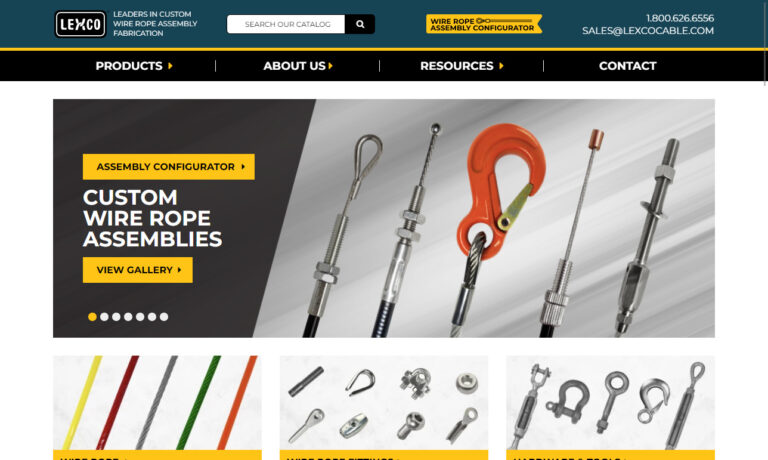
For over 30 years, companies across various markets have relied on Motion Control Technologies to provide high-quality mechanical cable solutions. Our line of products includes commercial cable lanyards, galvanized wire rope cable lanyards, swaged fittings, and more. We strive to build long-lasting relationships with our customers, regardless of your industry. Contact us today and tell us how we...
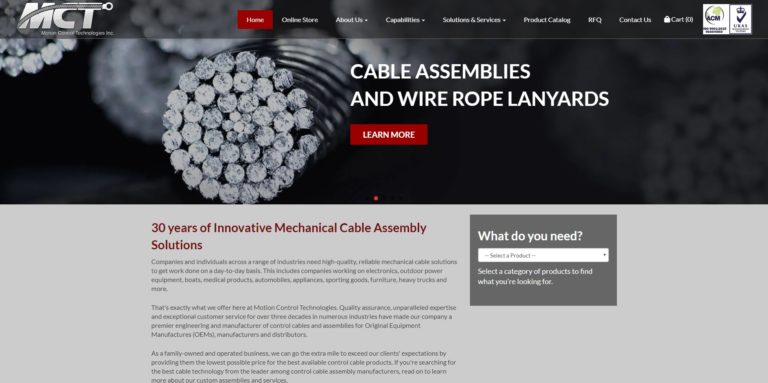
Aero Assemblies, Incorporated strives to make every effort, as dedicated wire rope manufacturers, to maximize product value throughout the manufacturing process.
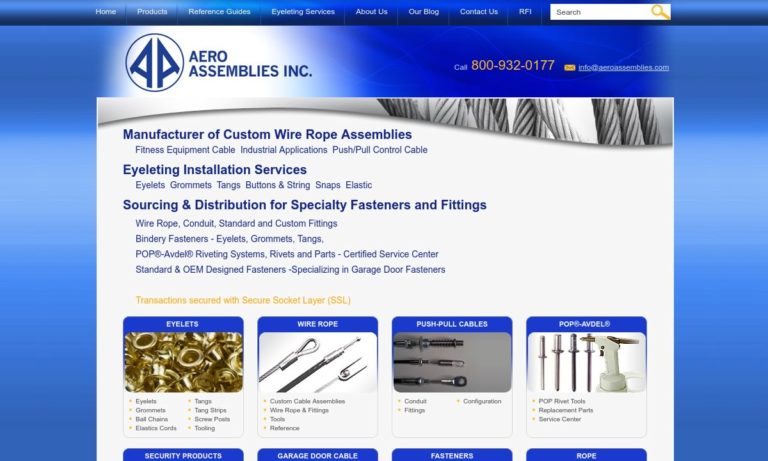
More Wire Rope Manufacturers
Applications
Wire rope manufacturers design their products to offer a high load capacity, providing a versatile alternative to weaker ropes such as manila or hemp ropes. These wire ropes are employed in a wide range of motion transmission applications, including lifting, baling, tie-down, hoisting, hauling, towing, mooring, anchoring, rigging, cargo control, guidance, and counterbalancing. Additionally, they can be used as railings, fencing, and guardrails.
Wire rope is essential for many heavy-duty industrial applications. From mining and forestry to marine industries and beyond, wire ropes are suitable for almost every task. Industries that frequently use wire rope include construction, agriculture, marine, industrial manufacturing, fitness, sports and recreation (such as plastic-coated cables for playground and sports equipment), electronics, theater (like black powder-coated cables for stage rigging), mining, gas and oil, transportation, security, healthcare, and consumer goods.
The History of Wire Rope
Wire rope, as we know it today, was invented nearly 200 years ago, between 1831 and 1834. Wilhelm Albert, a German mining engineer, created this innovation to support mining operations in the Harz Mountains. His wire rope featured four three-stranded wires, significantly stronger than the previously used manila, hemp, and metal chain ropes.
L.D.B. Gordon, while studying at the Freiburg School of Mines, visited the Harz Mountains mines and met Albert. Inspired, Gordon later wrote to his friend Robert Stirling Newall in Dundee, Scotland, urging him to design a machine for manufacturing wire ropes. Newall succeeded, creating a machine that produced four-strand wire ropes, each strand containing four wires. Gordon, Newall, and Charles Liddell subsequently founded R.S. Newall and Company. In 1840, Newall was granted a patent for “certain improvements in wire rope and the machinery for making such rope.”
In 1841, American manufacturer John A. Roebling began producing wire rope for suspension bridges. Shortly thereafter, Josiah White and Erskine Hazard, also Americans, started using wire rope in coal mining and railroad projects with their company, Lehigh Coal & Navigation Company (LC&N Co.). In 1848, wire rope from their factory in Mauch Chunk, Pennsylvania, was used for lift cables in the Ashley Planes Project, drastically reducing the return time for cars from nearly four hours to less than 20 minutes, boosting tourism and coal capacity.
In 1874, wire rope transformed the German landscape again when Adolf Bleichert & Co. used it to build Bi-cable aerial tramways for mining in the Ruhr Valley. Later, they constructed tramways for the German Imperial Army and the Wehrmacht, enhancing transportation across Germany, Europe, and the USA.
Since the 1800s, continuous improvements have been made to wire rope, including stronger materials, material treatments like galvanization, and various configurations. Today, wire rope is crucial for numerous heavy industrial processes, forming the backbone of modern infrastructure and industry.
Design
Production Process
Wire strands are produced by tightly twisting or braiding individual wires together. The number of wire filaments in a strand can range from two to several dozen, depending on the required strength, flexibility, and weight capacity.
A crucial component of wire cables is the inner core, around which the strands are wrapped. This core can be made from various metals, fibers, or impregnated fiber materials. For heavy-duty applications, the core is often an independent wire rope core (IWRC), a separate strand of wire. An IWRC offers substantial flexibility and strength, contributing to at least 7.5% of the overall strength increase in a wire rope.
Materials
Although wire ropes can be made from various metals such as aluminum, nickel, copper, titanium, and bronze, manufacturers predominantly use steel due to its strength and stretchability. Common steel types include galvanized wire, bright wire, stainless steel, and cold-drawn steel.
Among these, cold-drawn carbon steel wire is the most popular. Stainless steel wire rope is also used for its anti-corrosive properties. Bright wire rope, a type of ungalvanized steel wire rope, is widely utilized. For enhanced strength and durability, galvanized steel wire rope is a popular choice, especially in aerospace applications where galvanized aircraft cable is essential.
Design Considerations and Customization
When selecting or designing a custom wire rope, suppliers consider factors such as the operating environment, required rust resistance, flexibility, temperature resistance, breaking strength, and wire rope diameter. Manufacturers can customize wire ropes to meet specific needs by making them rotation-resistant, color-coding them, or adding a corrosion-resistant coating. For example, cables may be specially treated and coated with plastic or other compounds to prevent fraying, especially when frequently moving over pulleys.
Types
Manufacturers and distributors differentiate wire cables by listing the number of strands and wires per strand, ensuring customers understand the cable’s strength. They may also categorize cables by length or pitch. Common examples include: 6 x 19, 6 x 25, 19 x 7, 7 x 19, 7 x 7, 6 x 26, and 6 x 36.
More complex identification codes indicate details such as core type and weight limit. Additional hardware like connectors, fasteners, pulleys, and fittings are often listed to show varying strengths and degrees of fray prevention.
Other wire rope types are identified differently. Below are some common types:
Cable Wire Rope
Cable wire rope is a heavy-duty wire rope constructed from multiple filaments twisted into strands and helically wrapped around the core. A common example is steel cable.
Spiral Wire Rope
Spiral rope consists of wires with round or curved strands, featuring at least one outer layer cord twisted in the opposite direction of the inner wires. The main advantage of spiral ropes is their ability to block moisture, water, and pollutants from entering the interior.
Stranded Rope
Stranded rope steel wire is made of spirally wound strands with crisscrossing layers, creating an exceptionally strong rope. It may have one of three core material types: wire rope, wire strand, or fiber.
Wire Rope Chain
Like all chains, wire rope chains consist of a series of links, making them flexible but prone to mechanical failure.
Wire Rope Sling
Wire rope slings are made from improved plow steel wire, providing strong return loop slings and better security. The plow steel shields the rope at its connection points, extending its working life. Wire rope slings offer increased safety, capacity, and performance. This category includes sub-products such as permaloc rope sling, permaloc bridle slings, and endless slings, often accompanied by various sling terminations like thimbles, chokers, and hooks.
Advantages of Wire Rope
Wire rope provides numerous benefits to its users. Firstly, its design ensures even weight distribution among the strands, making it perfect for lifting very heavy loads. Secondly, wire rope is exceptionally durable and, when correctly matched to the application, can endure significant stress as well as elements like corrosion and abrasion. Additionally, wire rope is highly versatile. Its various forms and treatments allow users to obtain rope that is custom-fit for almost any application.
Accessories
Wire rope is a versatile and durable material utilized in various applications, often requiring accessories to enhance its functionality and safety. One such accessory is clips, also known as wire rope clamps or cable clamps. These devices secure the loose end of a wire rope or create an eye termination by clamping the rope onto itself. Carabiners are another common accessory; these sturdy metal connectors feature a gate mechanism that can be opened and closed, allowing for quick and secure attachment to other objects.
Fittings, including turnbuckles and swage fittings, are used to join or terminate wire rope. Turnbuckles provide tensioning capabilities, while swage fittings use a mechanical or hydraulic process to attach the wire rope permanently. Fasteners, such as bolts and nuts, connect wire rope to other structures or equipment. Additionally, connections like shackles and hooks link wire rope to lifting devices or anchor points.
Overall, these accessories are essential for the proper installation, attachment, and secure operation of wire rope in a wide range of applications.
Proper Care for Wire Rope
To maintain the high quality of your wire rope, regular inspections for wear and degradation are essential. Choose the appropriate wire rope for its specific application. Be vigilant for damage that can impact performance, such as rust, fraying, and kinks. To keep the ropes in excellent condition, clean and lubricate them as needed, incorporating this into your regular inspection routine.
Proper care of wire ropes goes beyond inspection. It involves consistently using and storing them correctly. For instance, never exceed the rope’s rated load and breaking strength, as this can weaken the cable or cause immediate breakage. Additionally, always store your wire rope in a dry and warm area, away from elements that could cause rust or other damage. Lastly, carefully wind your wire rope after use to prevent kinks. By following these guidelines and treating your wire rope assemblies with care, you can ensure a long and productive service life.
Standards
Standards for wire rope assemblies are essential for ensuring safety, reliability, and performance across various industries. These standards offer comprehensive guidelines for designing, manufacturing, testing, and using wire rope assemblies. By setting specific requirements and specifications, they ensure consistency, quality control, and compatibility between different components. These standards address critical factors such as minimum breaking strength, fatigue resistance, corrosion protection, and proper installation techniques. Compliance with these standards is crucial to prevent accidents, failures, and injuries in applications where wire rope assemblies face high loads and harsh environments. Additionally, they define performance criteria, quality control procedures, and testing methods, ensuring wire rope assemblies meet the expected strength, flexibility, durability, and service life requirements.
Adhering to wire rope assembly standards enhances reliability by reducing unexpected failures, downtime, and costly repairs or replacements. Furthermore, these standards specify wire rope construction, dimensions, fittings, and end terminations, ensuring that wire rope assemblies from different manufacturers can be safely interchanged or combined without compromising performance. Standardized dimensions and tolerances simplify the selection, replacement, and maintenance of wire rope assemblies while ensuring compatibility with various equipment and components. Manufacturers follow these standards to ensure consistent quality, traceability, and conformity of their wire rope assemblies. Regular audits, inspections, and certifications based on recognized standards help verify compliance, instilling confidence in the reliability and performance of wire rope assemblies. Overall, wire rope assembly standards are crucial in promoting safety, reliability, and performance in diverse industries, ensuring the integrity of these critical components.
How to Find the Right Manufacturer
If you’re looking for a wire rope or a wire rope assembly, ensure you’re getting a high-quality and safe product by working with a vetted professional. We’ve compiled a list of such professionals on this page. Review their profiles to learn about the services and products they offer. Select three or four to contact and discuss your specifications, standard requirements, and budget. Inquire about lead times and delivery options. After speaking with each one, compare their responses. You’ll know you’ve found the right company when you find one that goes above and beyond to ensure your satisfaction.

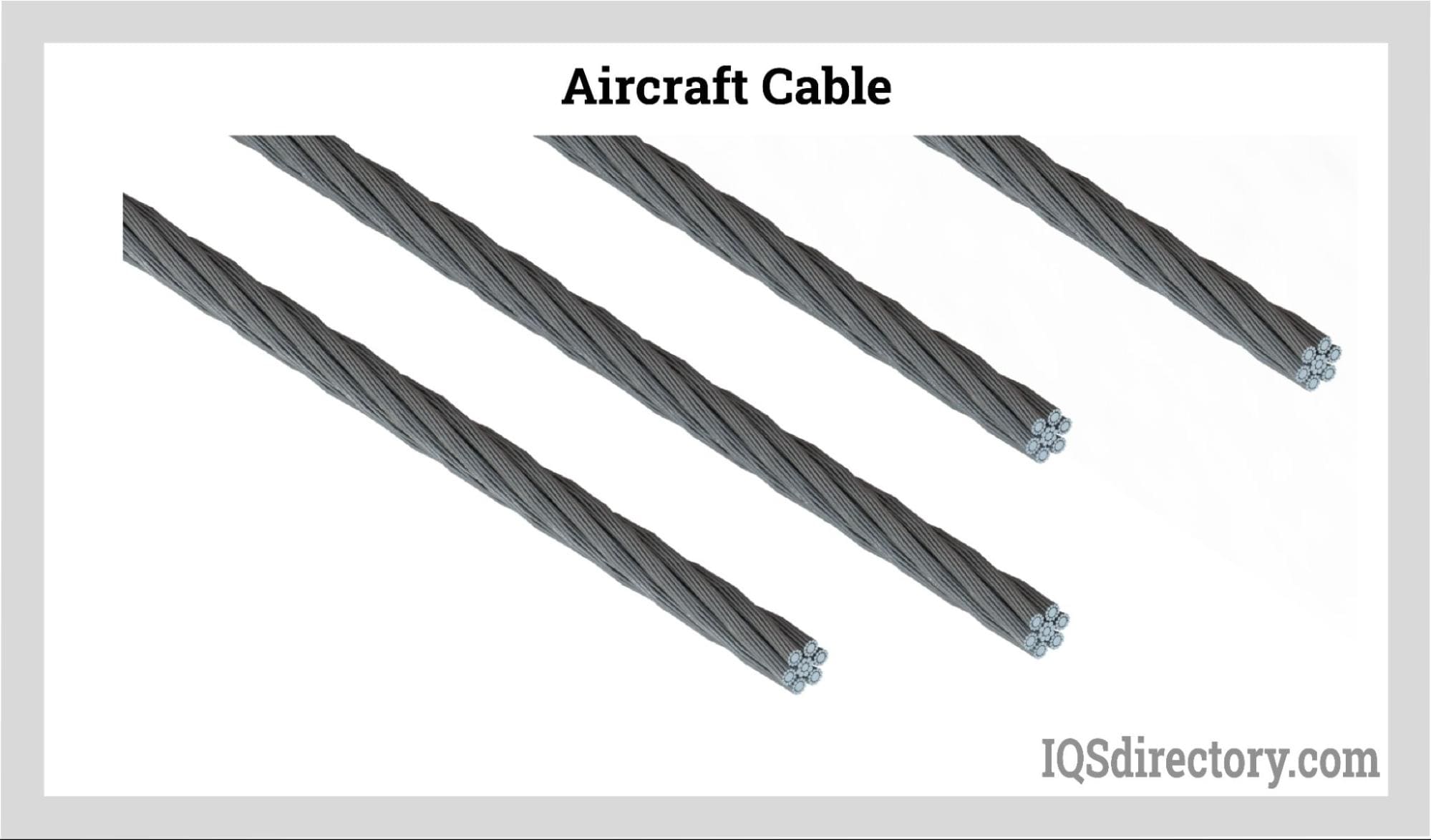
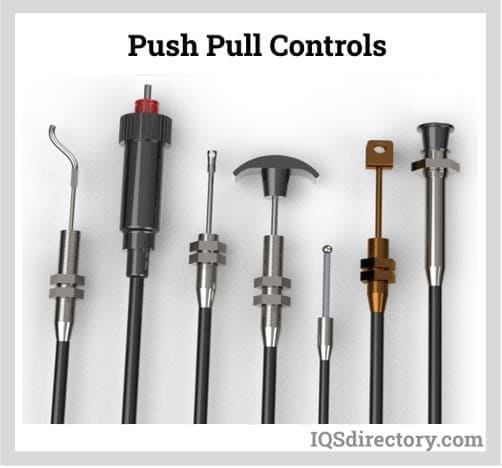
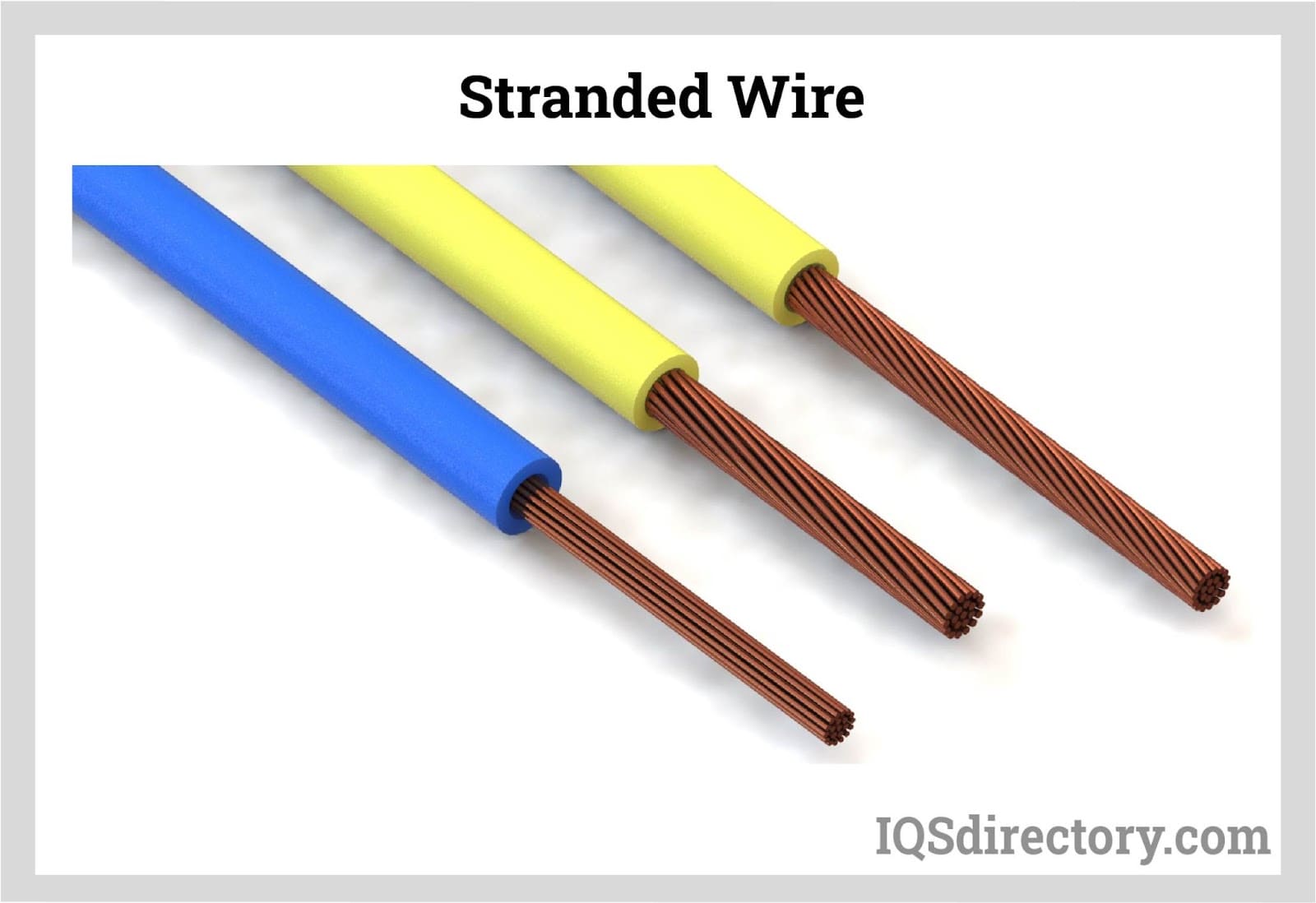
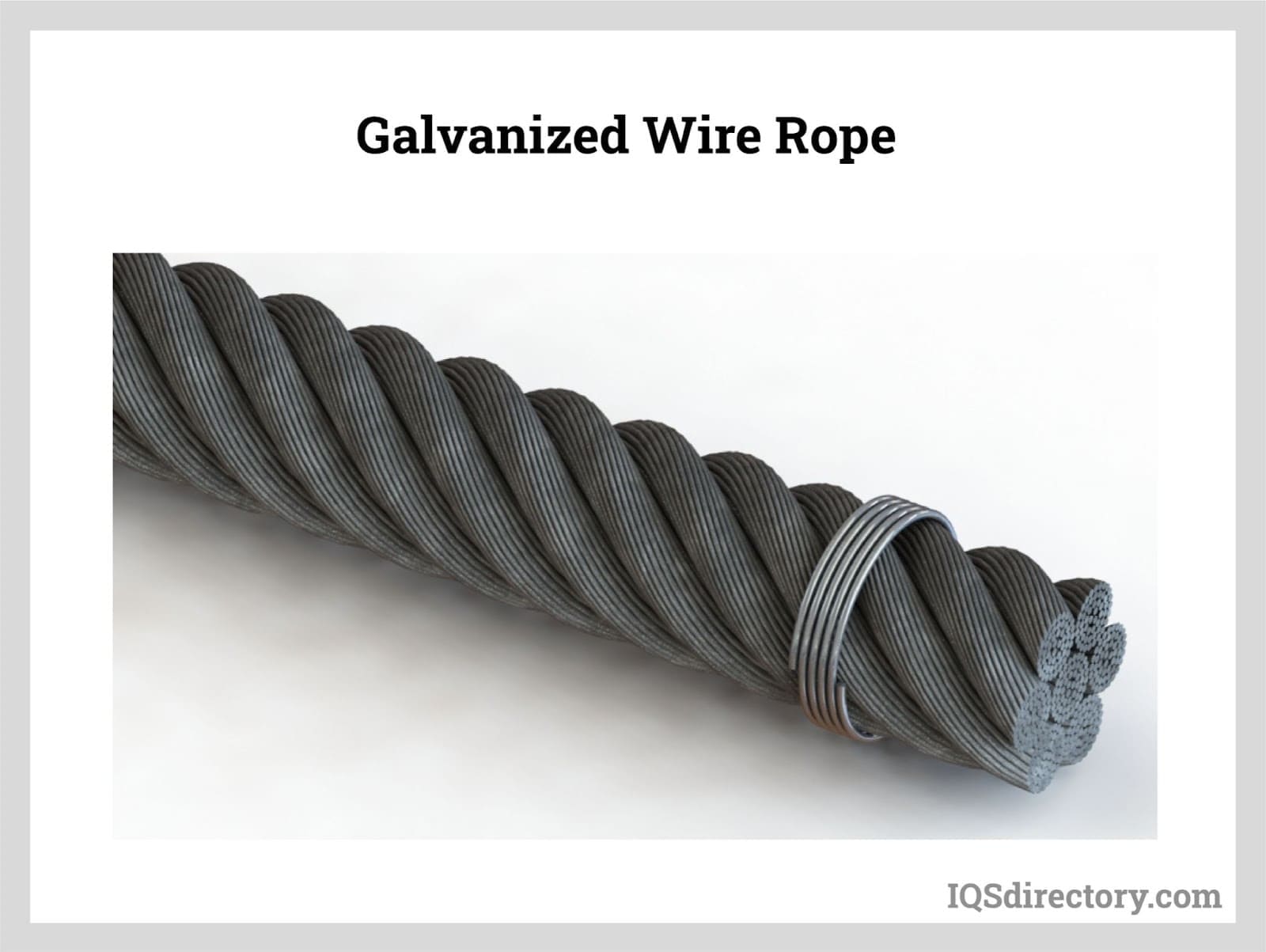

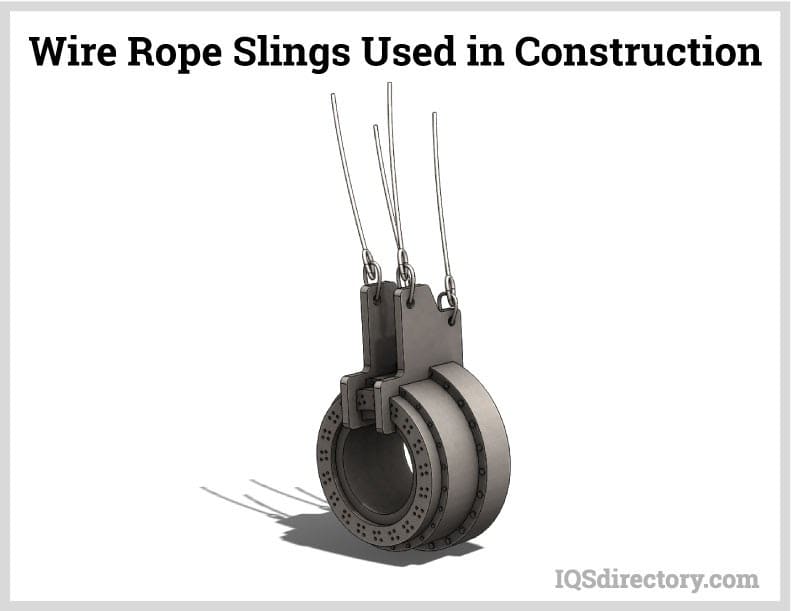
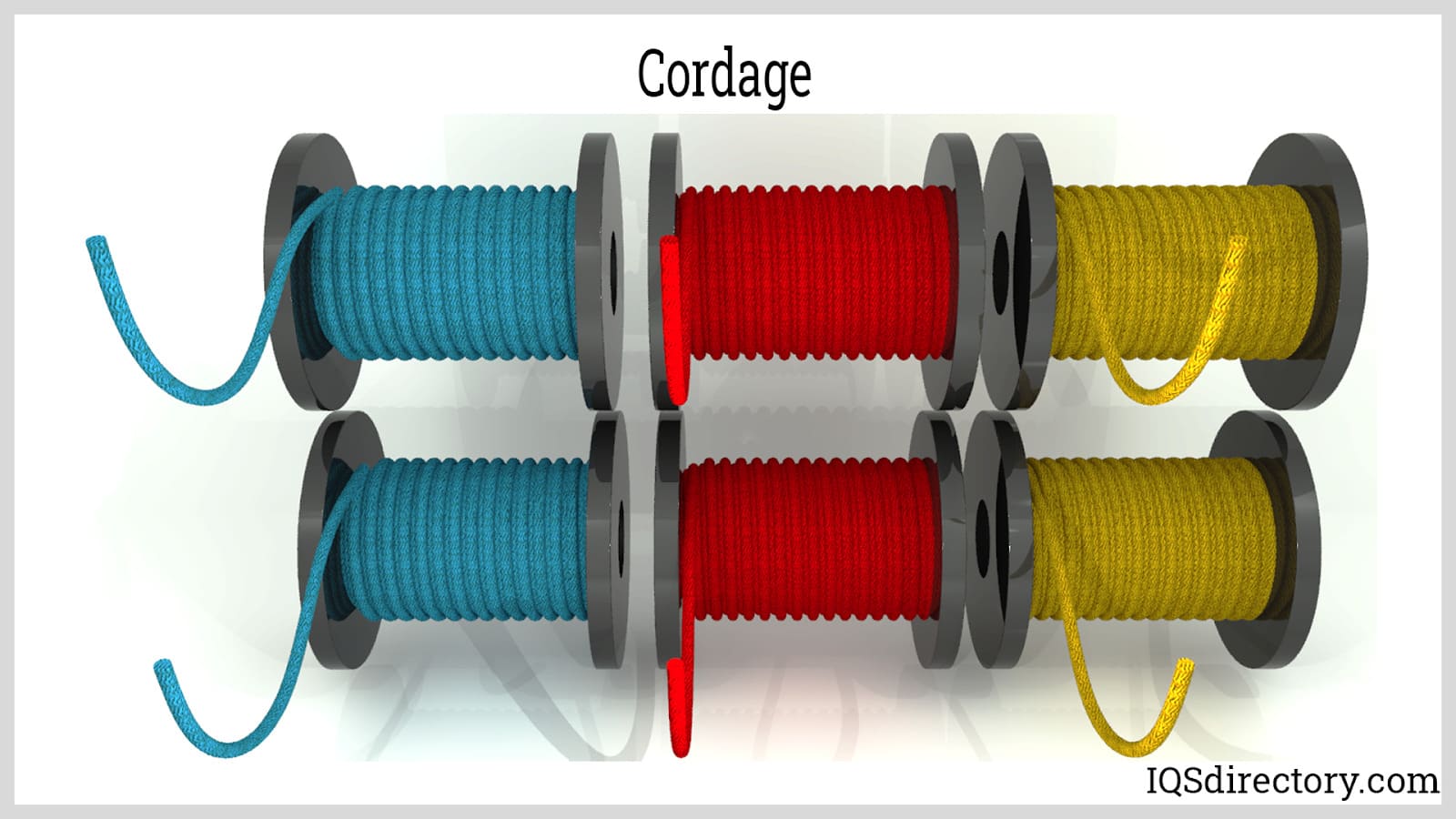
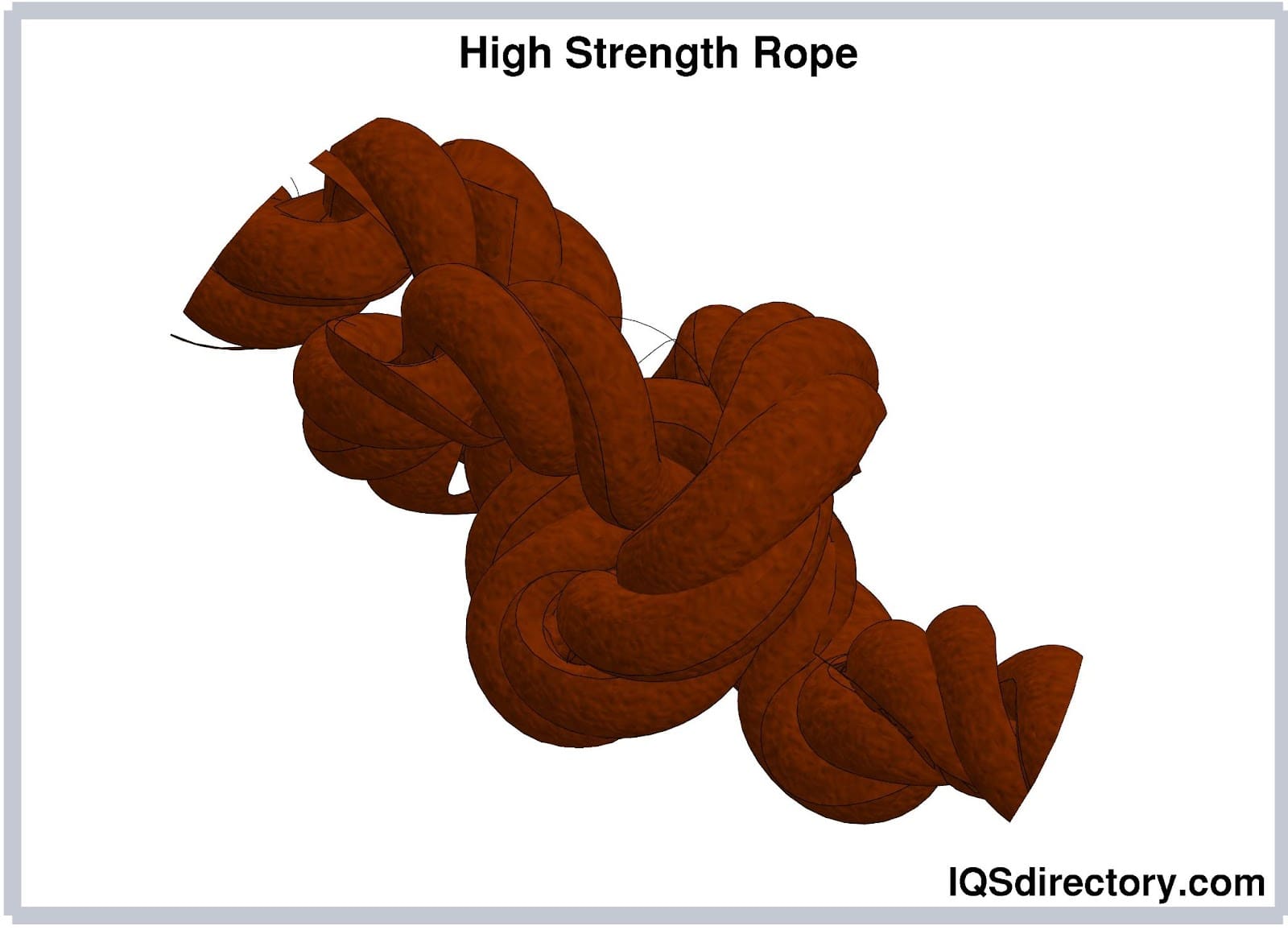
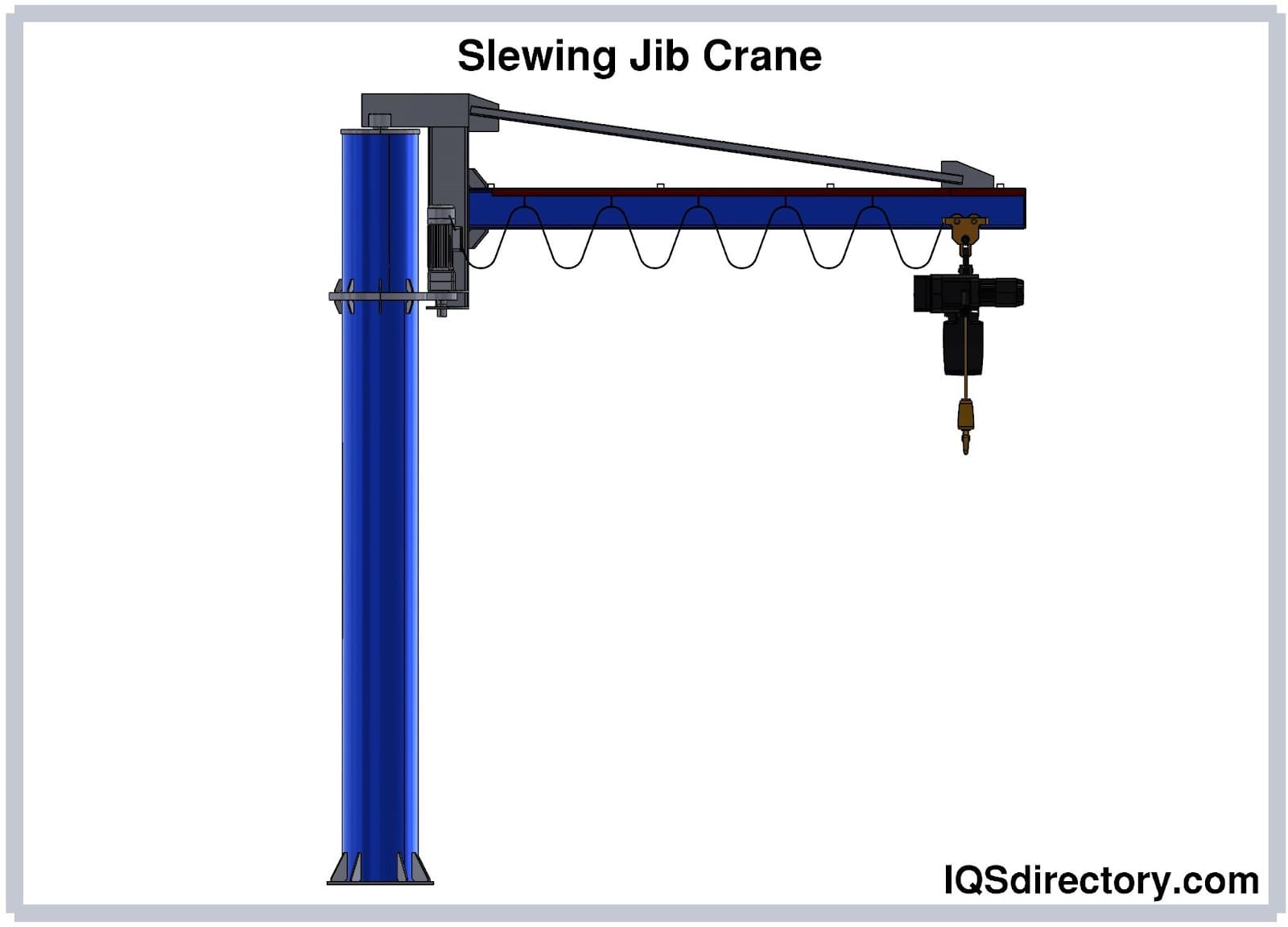
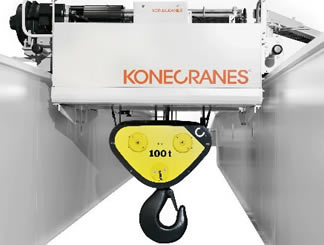 Cranes
Cranes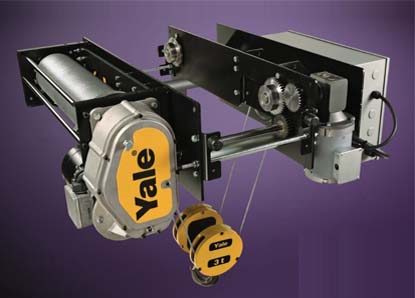 Electric Hoists
Electric Hoists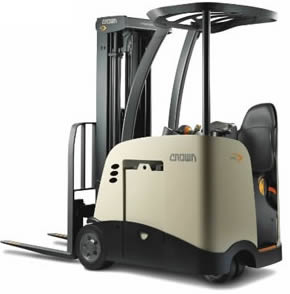 Forklifts
Forklifts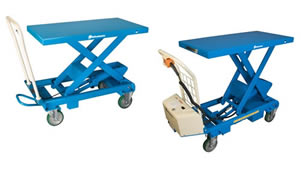 Hydraulic Lifts
Hydraulic Lifts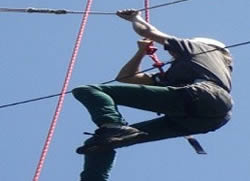 Rope
Rope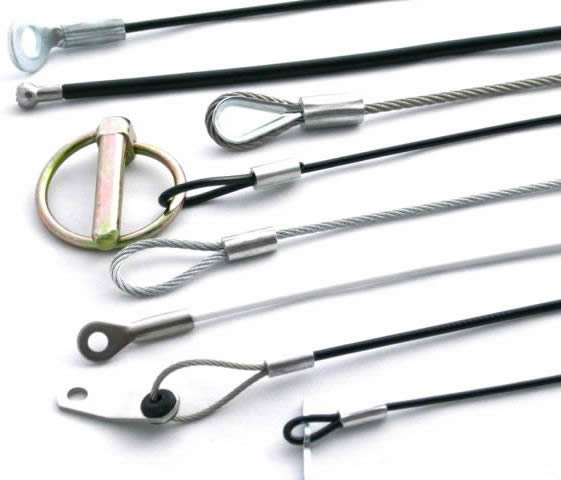 Wire Rope
Wire Rope Castings & Forgings
Castings & Forgings Bulk Material Handling
Bulk Material Handling Electrical & Electronic Components
Electrical & Electronic Components Flow Instrumentation
Flow Instrumentation Hardware
Hardware Material Handling Equipment
Material Handling Equipment Metal Cutting Services
Metal Cutting Services Metal Forming Services
Metal Forming Services Metal Suppliers
Metal Suppliers Motion Control Products
Motion Control Products Plant & Facility Equipment
Plant & Facility Equipment Plant & Facility Supplies
Plant & Facility Supplies Plastic Molding Processes
Plastic Molding Processes Pumps & Valves
Pumps & Valves Recycling Equipment
Recycling Equipment Rubber Products & Services
Rubber Products & Services